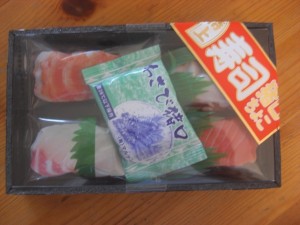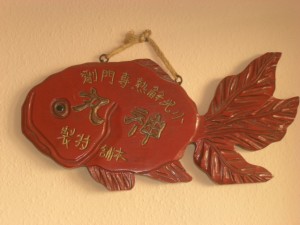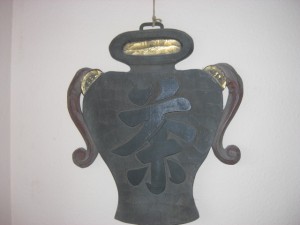Just a couple of days ago, I got this little packet of sushi chocolates in the mail from a friend of mine. For protection, my friend was wrapped the box in the very last printed issue of the Himawari magazine, published by the Kitakyushu International Association (KIA). She knew I would appreciate the magazine as I used to work at the Kokusai Center (another name for KIA).
Underneath each beautiful wrapper, there was a small chocolate bar of medium quality. But the enclosed green packet contained wasabi- flavored choco balls. Unusual, but tasty with an interesting twist.

Sushi chocolates including wasabi chocolate balls
This box of chocolates costs about 500 Yen (the value declared for customs).
I had never seen sushi chocolates before. If I could get my hands on them, I would buy several boxes as they make nice presents for the many Japan aficionados I know.
I wonder if this product is available in Germany.






